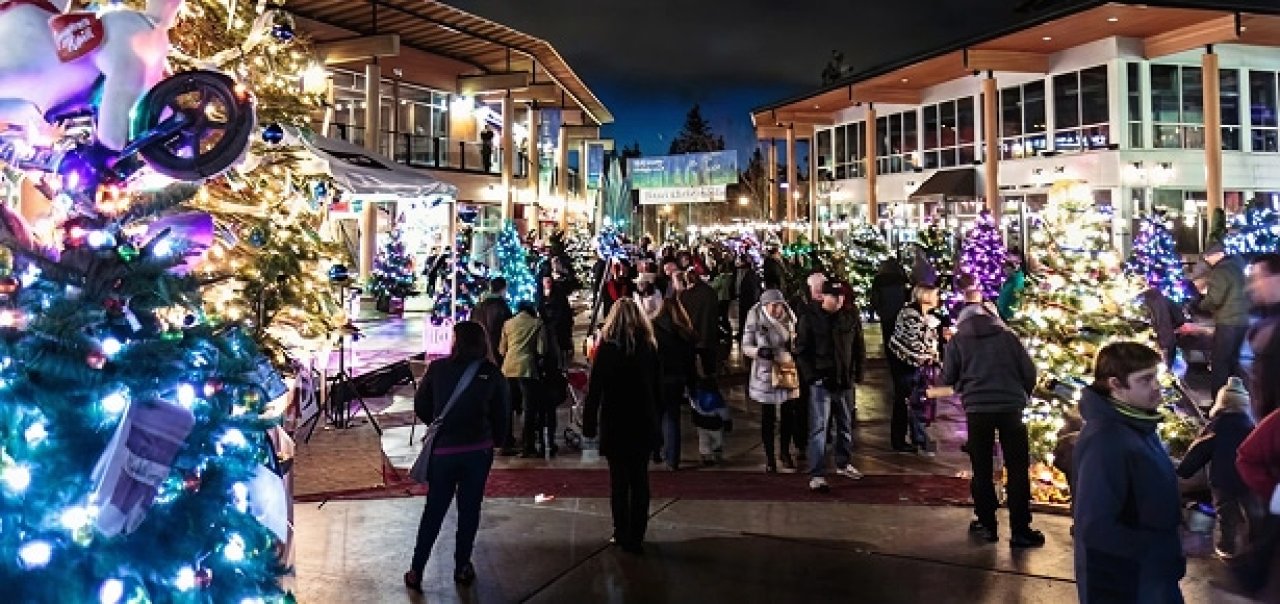News
& Events
Hi there neighbours, and a very warm welcome to our blog. Where the real news of a community is shared. Sit down and stay awhile…. and check back regularly, so we can keep you in the Lynn Valley loop.
Filter by Category

July 7, 2025
Lynn Valley Trivia
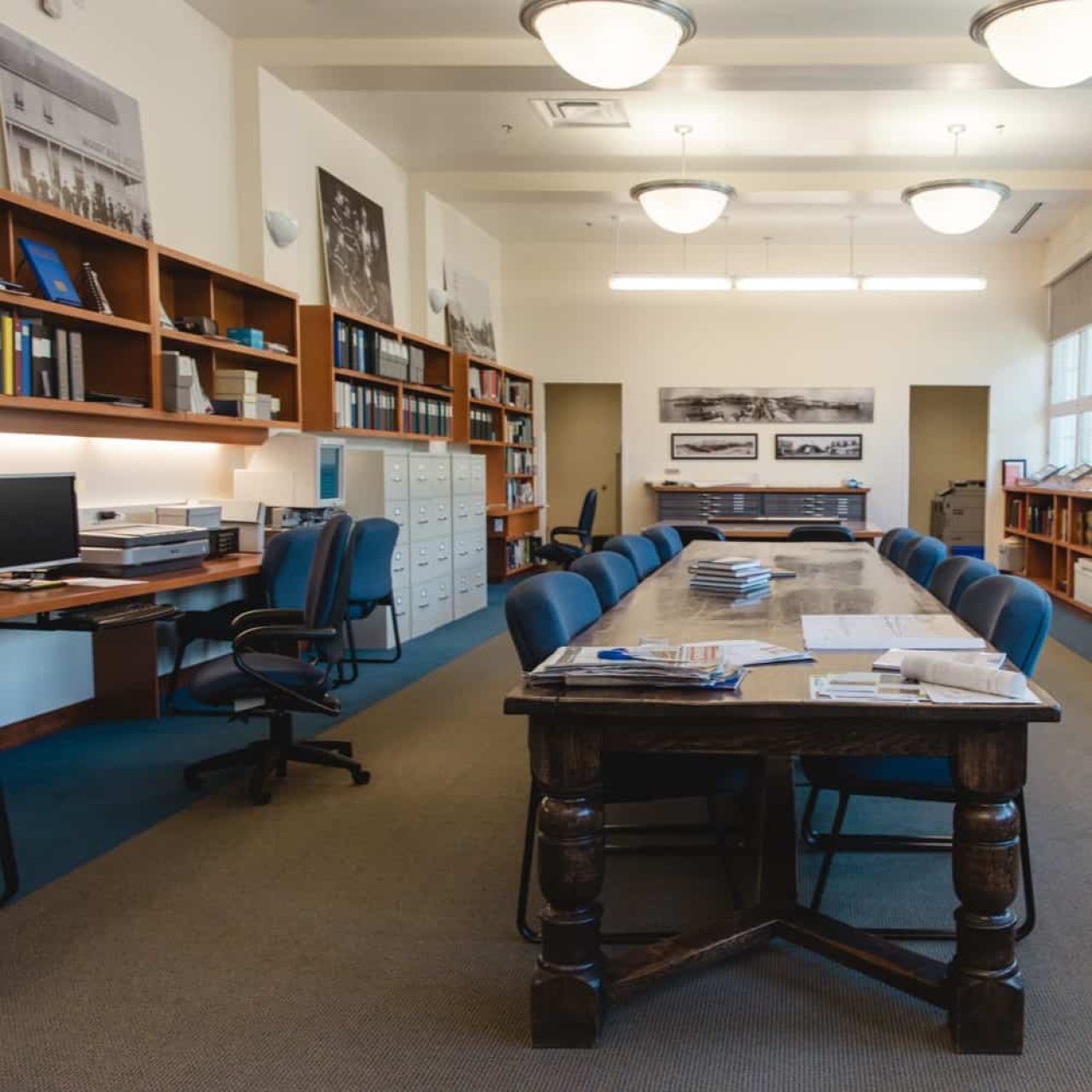
October 4, 2023
Historic help

November 7, 2022
History never recorded

February 10, 2022
A day at the museum
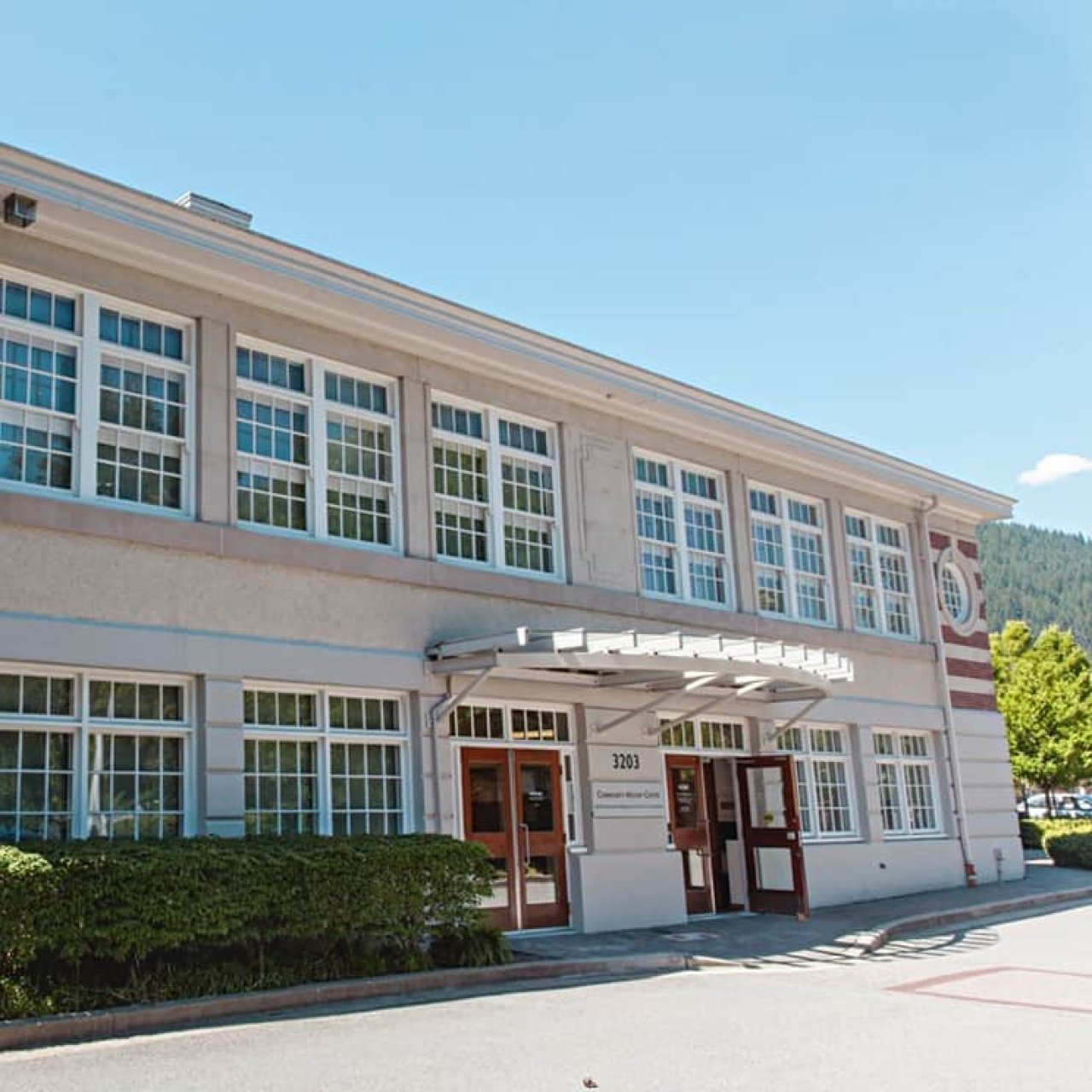
August 5, 2020
Celebrating a 100 years of time and place
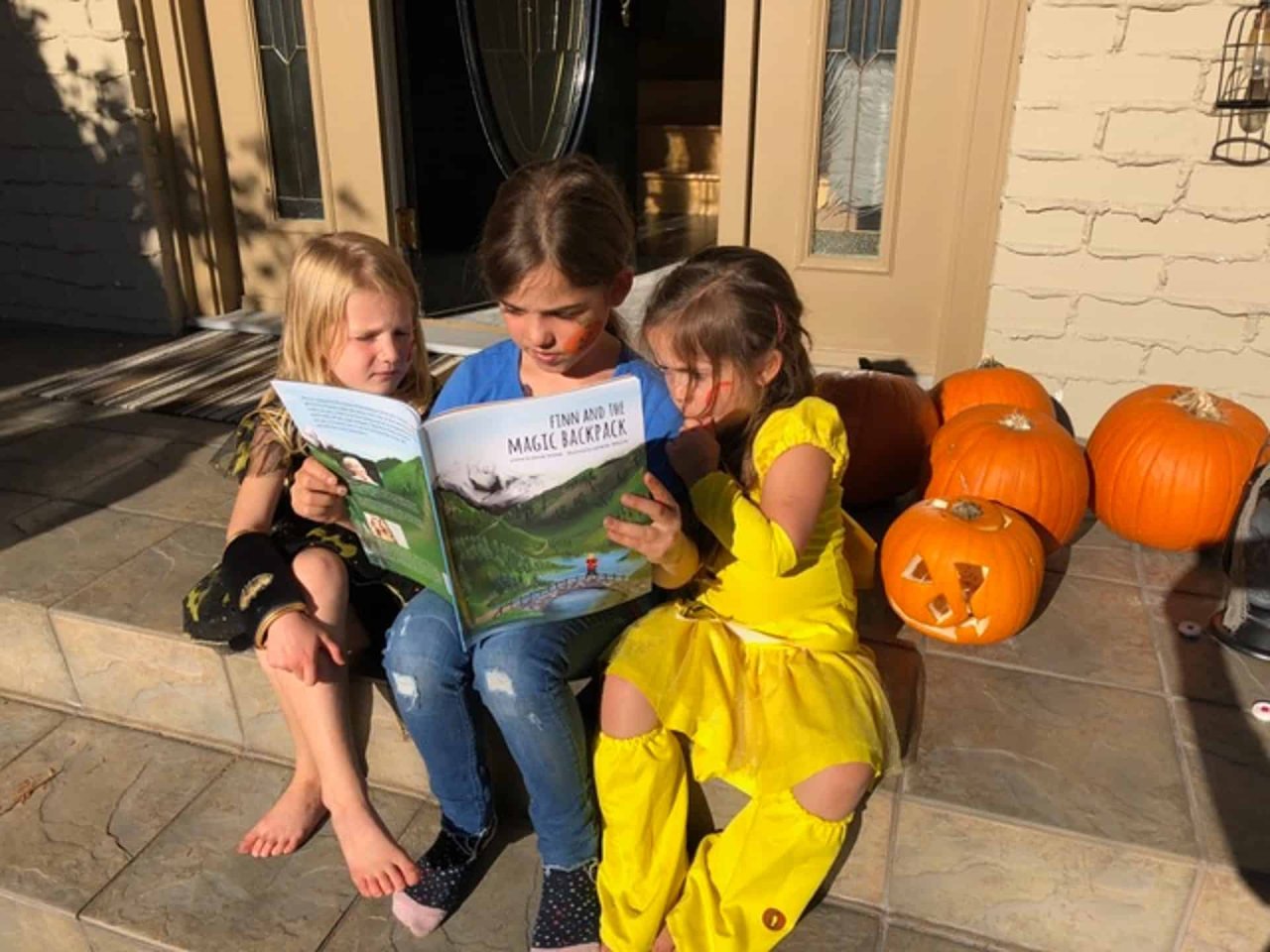
September 5, 2019
Celebrating North Vancouver - Culture Days 2019
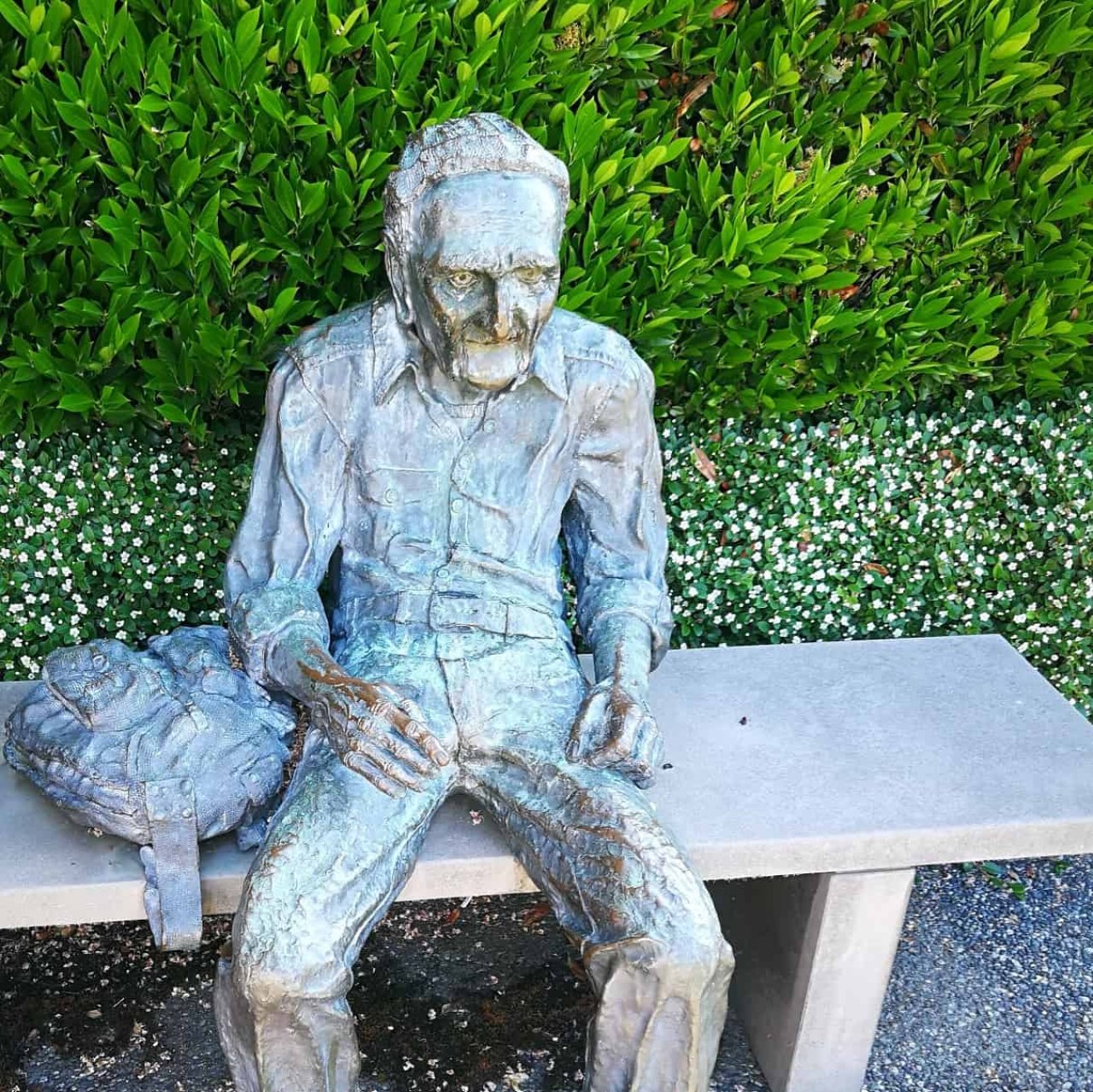
July 24, 2019
The August everything changed for Walter Draycott
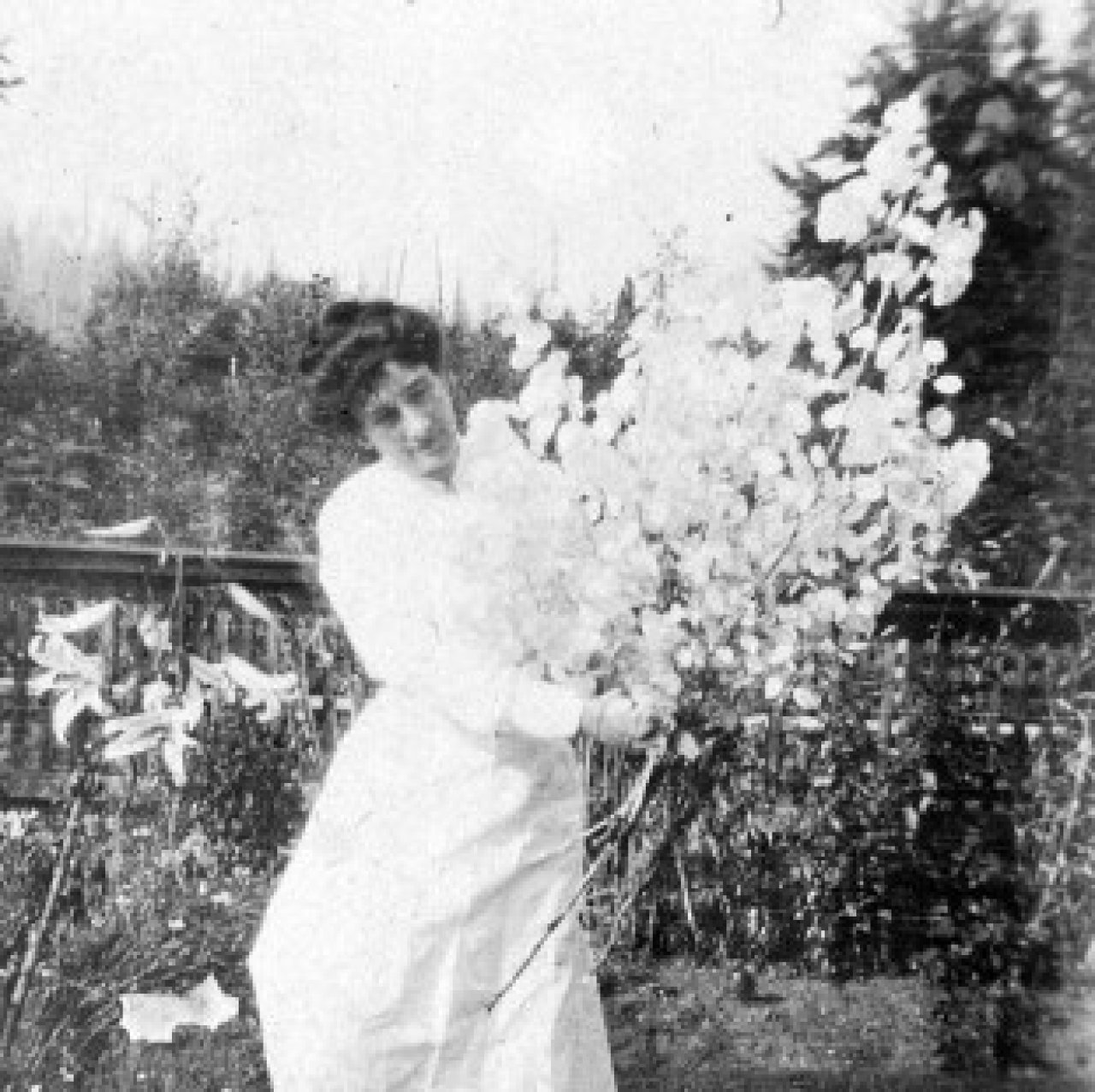
May 5, 2019
Gardening victory for 75 years
Community Calendar
-
Jan 96:30 PM - 8:30 PMRoyal Canadian Legion Branch 114, 1630 Lynn Valley Rd, North Vancouver, BC V7J 2B4, Canada
-
Jan 10
Meat Bingo
2:00 PM - 4:00 PMRoyal Canadian Legion Branch 114, 1630 Lynn Valley Rd, North Vancouver, BC V7J 2B4, Canada -
Jan 11
Prenatal Yoga
11:00 AM - 12:00 PMMollie Nye House -
Jan 13
Pins & Needles
1:00 PM - 2:30 PMLynn Valley Library 1277 Lynn Valley Rd, North Vancouver BC V7J 0A2, Canada
